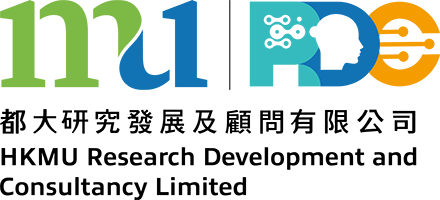To complete this course, you are required to read the study units and online readings on the Internet.
Each unit contains self-assessment exercises, and at points in the course you are required to submit assignments or attend seminars for assessment purposes. At the end of the course there will be a final examination.
The course should take you about 40 weeks in total to complete. Below you will find listed all components of the course, what you have to do and how you should allocate your time for each unit in order to complete the course successfully on time.
Course materials
This course consists of ten study units, which can be divided into three blocks: Internet technologies, wireless communications, and broadband communications. The study units are mainly delivered in online form, and will be enriched with multimedia components. There will be reference books and supplementary readings for each topic in the course.
Course organization
The first unit introduces the main emerging technologies covered in the course. After this introductory unit, the Internet and e-business technologies are discussed in Units 2–4. Next, wireless and mobile communications technologies are explained in Units 5–7. Finally, broadband communications technologies are covered in Units 8–10.
The following table shows the topics in each study unit, the corresponding study weeks, and the distribution of tutor-marked assignments.
| Unit | Title | Weeks | Assessment |
| 1 | Overview of emerging communications technologies | 3 | Assignment 1 |
| Block 1 Internet technologies and applications |
| 2 | Grid, cloud and utility computing | 3 | |
| 3 | Web 2.0 and beyond | 3 | Assignment 2 |
| 4 | Future computing interfaces | 4 | |
| Block 2 Wireless technologies and applications |
| 5 | The future mode of mobile computing | 3 | |
| 6 | Geographic information systems (GISs) and digital maps | 4 | |
| 7 | Next-generation mobile technologies | 4 | Assignment 3 |
| Block 3 Broadband technologies and applications |
| 8 | Optical communication networks | 4 | |
| 9 | Next-generation Internet protocols | 4 | |
| 10 | Multimedia communications over IP networks | 4 | Assignment 4 |
| Total | 36 | |
Teaching and learning
The 10 self-instructional units, which constitute the main method employed in the course to help students achieve the learning outcomes, will be delivered in Web version and enriched with multimedia components such as video, voice-over presentation and animation. There will also be supplementary online readings on each topic. All the course materials and relevant resources will be placed on the Online Learning Environment (OLE). No print materials/CD-ROM will be provided.
For additional support, there will be 10 face-to-face tutorial sessions and 12 surgery sessions.
Online Learning Environment
You are required to have access to the OLE in order to work through the ELEC S313 online course materials. You will also be referred to other URLs for further readings.
The OLE Discussion Board will be used for Q&A, discussion and sharing with your fellow students, tutor and your Course Coordinator. Students can also make use of the OLE to submit assignments.
For details about the OLE and how to access it, please refer to the Online Learning Environment User Guide.
Assignment File
The OLE will contain the Assignment File for ELEC S313. In this file you will find all the details of work you must submit to your tutor for marking. The marks you obtain for these assignments will count towards the final marks you obtain for this course. Further information on assignments will be found in the online Assignment File itself and later in this Course Guide in the section on assessment.
Course Schedule
The Course schedule included on the OLE gives you the important dates for this year for the completion of assignments and attending tutorials. You should guard against falling behind in your work.











